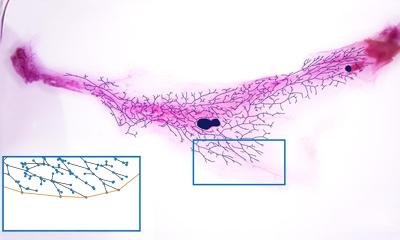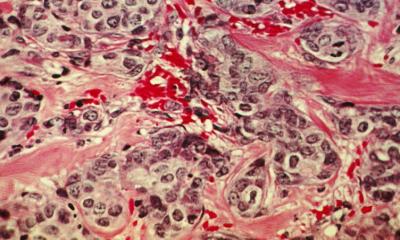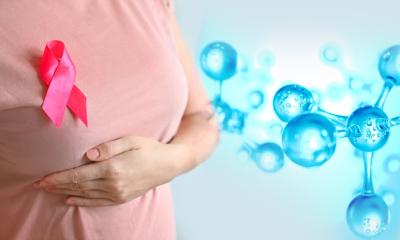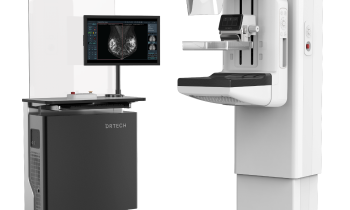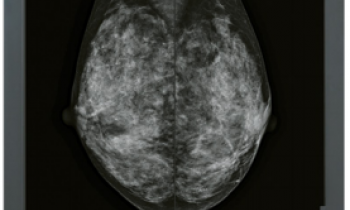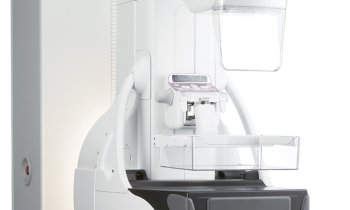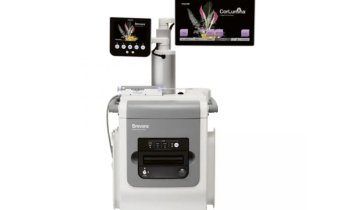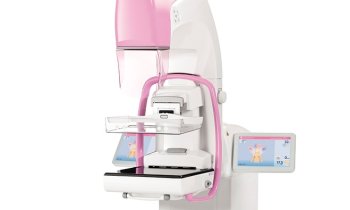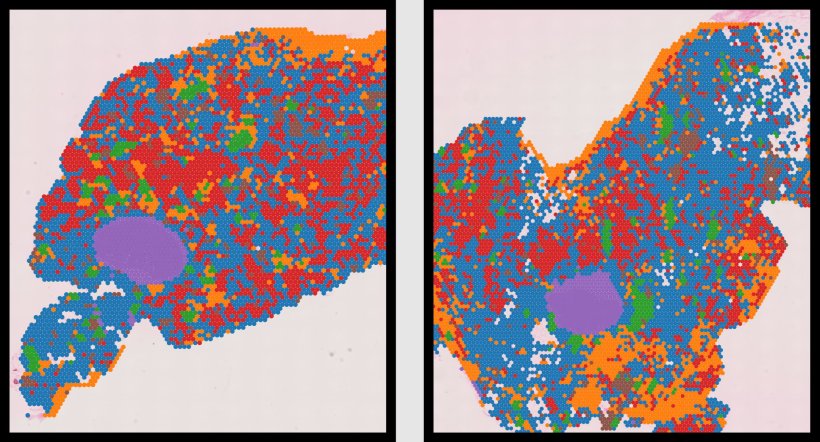
Image source: Jackson Laboratory
News • Age-related cellular and molecular changes
How aging breast tissue shapes breast cancer risk
Aging is a privilege, but it also brings risks—including an increased likelihood of developing age-related diseases including cancer.
Researchers at The Jackson Laboratory (JAX) have created a landmark atlas of how healthy breast tissue ages, revealing key cellular, molecular, and genetic changes that may tip the balance toward breast cancer development. Their findings, published recently in Nature Aging, provide a valuable open-access resource for the scientific community to explore aging and its role in increased cancer risk.
Using cutting-edge single-cell and spatial transcriptomics technologies, the researchers compared young virgin female mice to older mice and mapped how mammary gland cellular landscape changes over time. The team, co-led by Olga Anczukόw, Ph.D., an associate professor at JAX and co-program leader of the National Cancer Institute-designated JAX Cancer Center found that epithelial, immune, and stromal cells—which are essential for maintaining healthy breast tissue—undergo shifts not just in their numbers but also in their molecular identity.
- Epithelial cells, the ones lining milk ducts and from which most breast cancers arise, lose their job descriptions, becoming more capable of dealing with change but also more prone to malignancy.
- Stromal cells, which provide structural support to breast tissue, lose their specialized identity, creating a chaotic microenvironment that could promote tumor growth.
- Immune cells infiltrate the aging tissue, but instead of protecting against cancer, these cells are prone to inflammation and exhaustion, potentially fueling tumor development.
This implies that as breast cells age, alterations in chromatin structure may play a crucial role in regulating gene activity
Duygu Ucar,
But there’s more.
Anczukόw and her team, for the first time, established a direct link between aging-related gene expression changes and chromatin accessibility in the mammary gland, which refers to how tightly or loosely DNA is packed within the nucleus. This affects which genes can be turned on or off. Changes in chromatin structure, for example, might lead to dysregulation of genes involved in cell proliferation, DNA repair, and immune response – mechanisms known to contribute to tumor growth.
“For the first time, we’ve linked aging-related gene expression changes in breast tissues to alterations in chromatin accessibility, the molecular ‘script’ controlling gene activity,” said Duygu Ucar, Ph.D., a professor at JAX and the co-senior author of the study. “This implies that as breast cells age, alterations in chromatin structure may play a crucial role in regulating gene activity.”
Recommended article
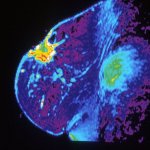
Article • Research, diagnostics, treatments
Focus on breast cancer
Breast cancer (breast carcinoma; often abbreviated as BRCA) is the most common cancer in women in many countries and the cancer with the highest mortality rate. The diagnostic and therapeutic options for breast cancer are correspondingly diverse. Keep reading for latest developments in early detection, staging, treatment and research.
To see if these age-related molecular changes in mice reflect human breast cancer risk, Anczukόw and Ucar and their teams compared their data to genetic profiles of human breast tumors. They found that these age-related molecular signatures in mice closely mirror patterns seen in human breast cancers—suggesting that the aging breast microenvironment plays a direct role in cancer risk and can provide valuable warning signs. “Finding these overlapping pathways was really exciting,” said Brittany Angarola, Ph.D., an associate research scientist at JAX and co-first author of the study. “It suggests that aging-related shifts in healthy tissue might create a more cancer-friendly environment before tumors even form.”
This open-access atlas provides a crucial resource for scientists worldwide to explore how aging influences cancer risk. The dataset allows researchers to identify potential biomarkers for early detection and develop strategies for prevention and treatment. “This study not only advances our understanding of aging and cancer but also lays the groundwork for future research into interventions that could reduce cancer risk in aging populations,” said Anczukόw. “It provides us with a powerful tool to help cancer patients everywhere.”
This work was supported by The JAX Cancer Center, The JAX Center for Aging Research, The V Foundation, The Tallen-Kane Foundation, The Scott R. MacKenzie Foundation, and The Hevolution Foundation.
Source: The Jackson Laboratory
15.02.2025



